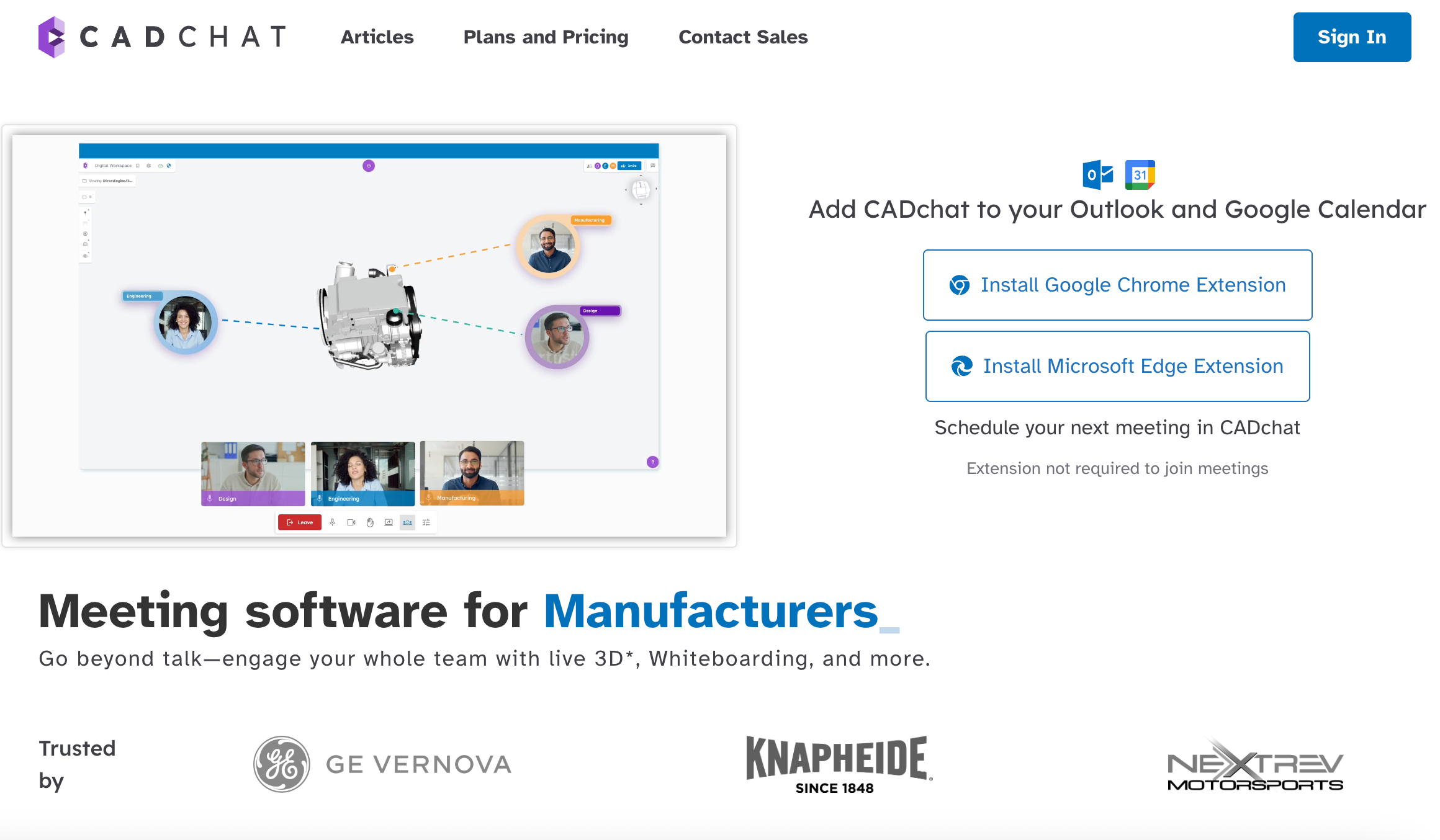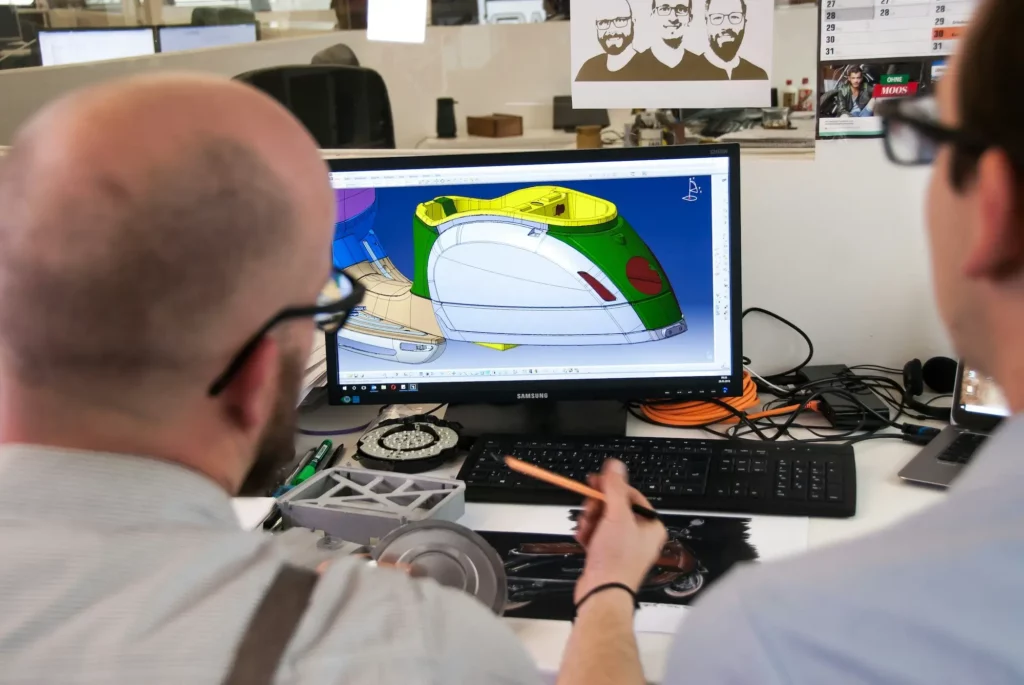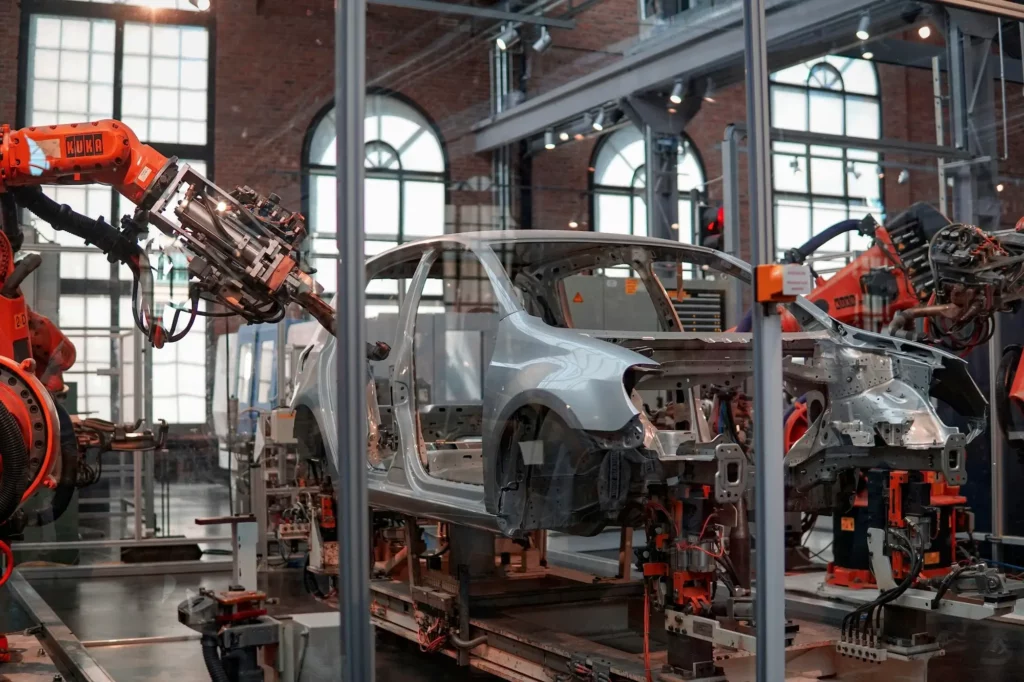Working with CAD files can get messy fast. One team member forgets to label a layer. Another copies old blocks instead of using updated ones. Files grow too big, slow down, or get saved in the wrong version.
And when changes aren’t clear, your team wastes time redoing work or guessing what to fix. These small problems add up and can delay projects, cause confusion, or lead to errors in the final product.
Whether you’re an engineer, designer, manufacturer, or part of a product team, you’ve likely run into these issues. The good news is that many of them can be avoided with a few simple habits.
In this article, we’ll walk through 7 easy CAD best practices. These tips will help you save time, reduce mistakes, and keep your projects on track, from the first sketch to the final review.

1. Use Drawing Templates With Set CAD Standards
One of the best ways to start any CAD design project is by using a template that already follows your team’s standards.
A good template includes the right layers, fonts, line colors, title blocks, and drawing scales. This helps designers work faster and more consistently.
Templates reduce the chances of mistakes. For example, if a designer creates a drawing from scratch and picks the wrong line thickness or text style, it can lead to confusion or delays.
But with a set template, those choices are already made. That keeps the focus on the actual design instead of small setup tasks.
Using a standard template also helps when working with constraints. Since the structure is already defined, designers can spend more time working with the actual design capabilities of the software instead of fixing formatting issues.
Whether you’re making a single part or a full assembly, a good template keeps things clean, clear, and professional.
From first draft to final approval, make every CAD review count. Try CADchat today!
2. Clean Up and Back Up Your CAD Files Regularly
CAD files can get messy over time. Unused layers, blocks, or extra objects can pile up and slow everything down. That’s why regular file maintenance is so important.
Keep your files easy to work with by using tools like purge and audit to clean out things you no longer need.
Backing up your work is just as important. CAD design can be time-consuming, and one crash or mistake could lead to major data loss.
Saving often and keeping backup copies can save you from redoing hours of work. Use cloud storage or an external drive to make sure your files are safe.
Keeping your files clean also makes it easier to track revisions and document changes. When a file is organized, it’s easier to see what’s been added, changed, or removed.
3. Use Blocks and Xrefs to Save Time
When working on CAD design, you often use the same shapes or parts more than once. Instead of redrawing them each time, turn them into blocks.
Blocks make it easy to use the same component in many places. When you change one, all matching blocks update at once. It saves time, cuts down on repetitive tasks, and keeps your drawings clean.
For larger sections like floor plans or site layouts, it’s better to use external references, also called Xrefs.
Rather than copying big parts into your file, link to them instead. This approach helps save time, keeps the file size smaller, and makes the main drawing easier to work with.
Using blocks and Xrefs also helps your team work better together. Multiple designers can work on different files at the same time by using shared resources.
And if your company starts using new technologies like shared libraries or file management tools, blocks and Xrefs will work well with those systems.
4. Organize and Document Your Work Clearly
A well-organized file is like a clean toolbox. You can find what you need, understand it, and get back to work without delays. That’s a big win for any CAD project.
Start by using simple names for your files, layers, and blocks. This helps everyone on the team know exactly what they’re looking at. If a layer is for walls, name it “walls,” not something random or hard to understand. Clear names help people find the right material faster.
It’s also important to properly document your work. Add short notes or comments to explain changes or updates.
When someone opens the file later, they can quickly see what was done and why. That helps avoid mistakes and speeds up teamwork.
Improve communication during CAD model reviews and save time. Start with CADchat.
5. Focus on Accurate CAD Design Setup
A strong CAD design starts with the right setup. One of the most important steps is to draw everything in full scale. You only apply the scale when it’s time to print.
This helps you keep your work accurate and easy to measure. It also makes it easier for engineers and other team members to review your drawings without confusion.
Turn on object snaps and grid settings at the start. These small tools help you keep lines straight and objects aligned.
They reduce mistakes and help you achieve clean results every time. When your drawing is neat and accurate, it’s easier to do a proper analysis later in the project.
If you skip these setup steps, you might run into constraints that slow down your work. For example, misaligned parts can cause problems when creating sections or dimensions. Fixing them later can be frustrating and time-consuming.
6. Lock Finished Layers
Leaving all layers open can easily introduce errors. A small drag or click can shift a line or block without you noticing.
So, after you finish working on a part of your CAD drawing, it’s always a good idea to lock that layer. This simple step keeps it safe from accidental changes. When layers stay untouched, your drawing stays neat and easy to work with.
Locking also helps during reviews or when making last-minute edits. You won’t move or delete something by mistake.
It also enables better teamwork. When everyone knows which layers are done and protected, they can focus on the active parts of the design. This helps keep the file organized and reduces confusion.
7. Communicate With Your Team Inside the Drawing
One of the easiest ways to work better as a team is to communicate right inside the CAD drawing. Use text notes, comments, or labeled layers to mark what’s finished, what needs review, or where you have questions.
Clear in-drawing notes also help with teamwork. When someone opens the file, they can quickly see what’s going on. It saves time and avoids confusion.
You can also add notes to explain design choices or flag areas that need attention. This helps people understand your work and reduces the chance of mistakes.
Design review tools made for reviewing CAD and 3D files can help a lot with collaboration. These tools let teams mark changes, leave comments, and track updates directly on the document during engineering design reviews without the need for downloading extra software.
It can also help non-technical stakeholders contribute to the project by making it easy for them to view and comment on the design without needing special training on the usual CAD software that engineers and manufacturers use.
They can zoom in, check measurements, and give feedback right on the file. This helps speed up decisions and reduces the back-and-forth emails.
They can make engineering design reviews easier and more useful. Everyone can talk through changes and look at the same file together.
Collaborate with Your Team in Real-Time with CADchat

CADchat makes CAD collaboration simple for everyone on the team. Whether you’re a designer, engineer, manufacturer, or non-technical teammate, CADchat helps you stay aligned without all the back-and-forth.
You can open 3D models live, talk through changes, leave comments, and track every update in one place.
There’s no need for screen sharing, extra tools, or long email threads. CADchat gives you both asynchronous and real-time ways to share feedback and keep your projects moving.
Every file, comment, and decision is saved in a shared workspace, so nothing gets missed.
If your team struggles with slow reviews, version mix-ups, or unclear feedback, CADchat can help. It brings everyone together and makes CAD collaboration clear, fast, and easy.
Start using CADchat to simplify your workflow and work better as a team. Contact us today!
FAQs About CAD Best Practices
What are the basic principles of CAD?
The basic principles of computer-aided design (CAD) focus on accuracy, design intent, and best practices that make the process smooth and useful.
It’s about using CAD software to create CAD models that follow CAD standards, use proper title blocks, and maintain a clean CAD workflow.
These principles help avoid broken links, introduce fewer errors, help with generating reports, and support other aspects of the manufacturing processes later.
What makes a good CAD model?
A good CAD model shows the design intent clearly, uses accurate dimensions, and follows CAD best practices like using templates and properly naming CAD files.
It should work well with CAD drawings, allow for easy design changes, and support features like interference checks and visual inspection. Good models also match industry standards, so they’re ready for the release process.
How to be good at CAD?
To be good at CAD, focus on learning CAD software features, using CAD tools that support the design process, and following best practices like regular backups, organizing CAD files, and using templates.
Practice creating CAD drawings and complex models with clean workflows. Managing design changes well and learning from industry experts helps, too.
What are the four types of CAD?
The four main types of CAD are 2D drafting, 3D modeling, 3D surface modeling, and 3D solid modeling.
Each one supports different CAD workflow needs like precision drafting, visual inspection, or preparing data for manufacturing.
Choosing the right type depends on the model, components, and how it fits into the product data management and release process.


